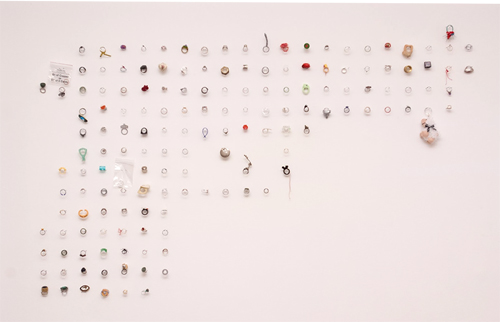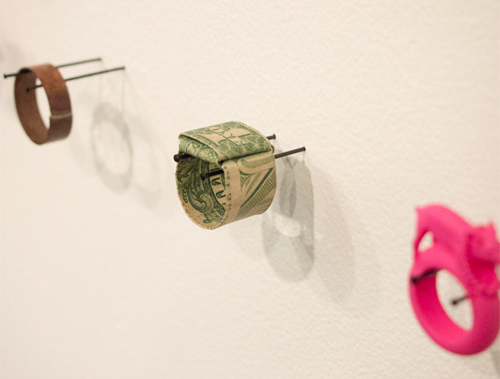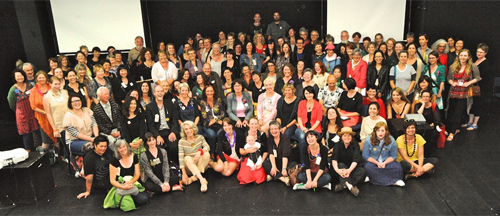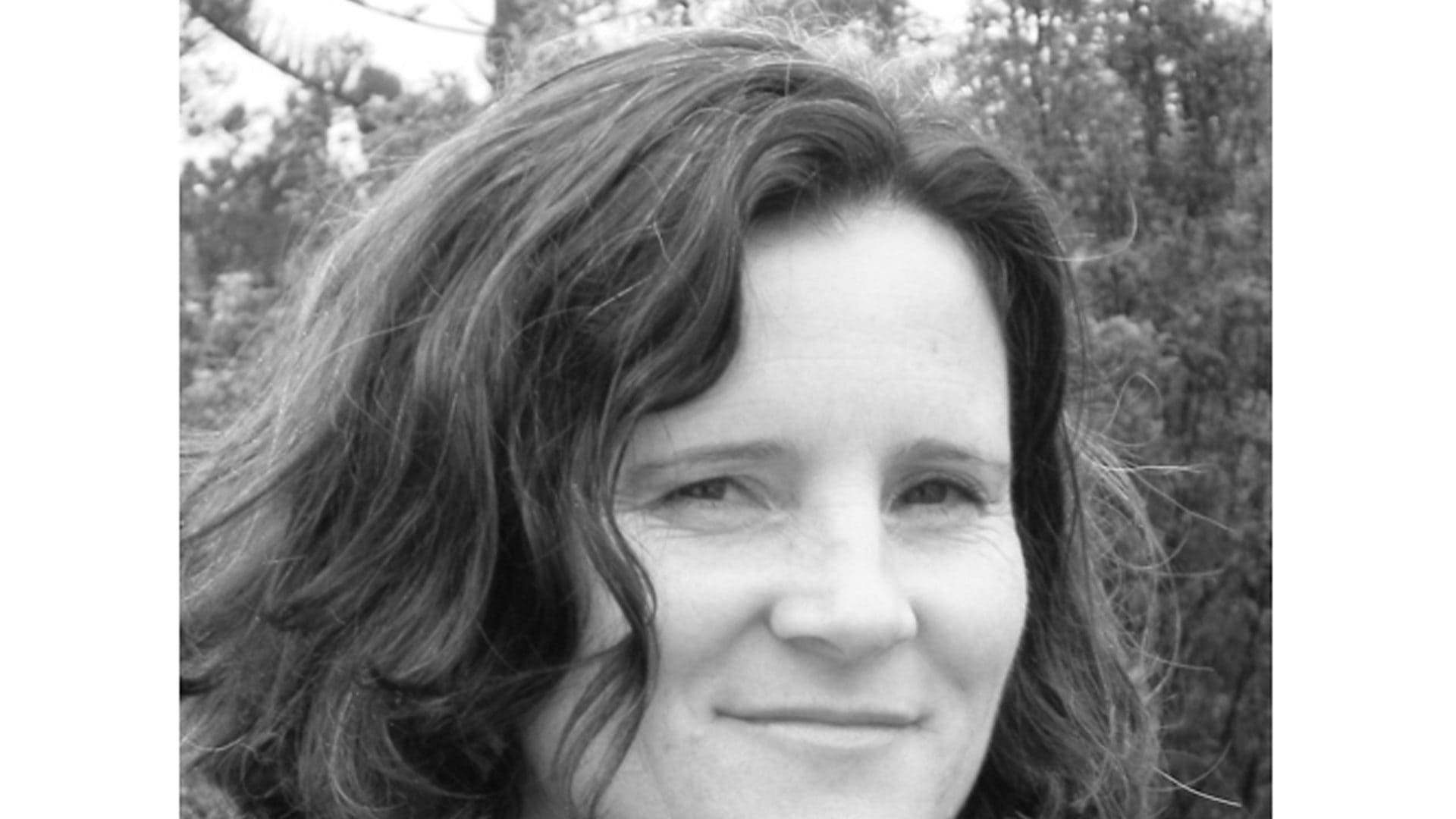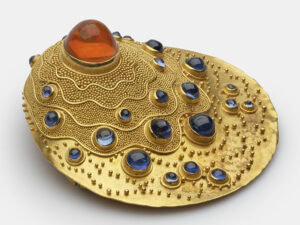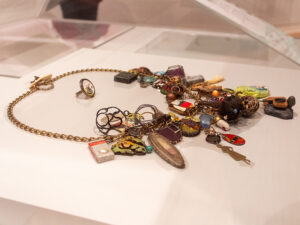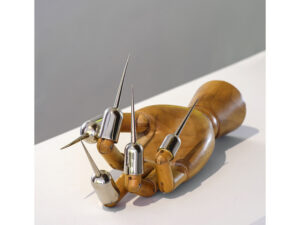New Zealand is a country I am told – though I am not sure who started the rumor – that sits at the bottom of the world. We are a small country made up of a number of islands, three of which are considered large enough to stand in for the whole map of New Zealand when we are learning to draw where we come from as schoolchildren. We now have a huge population of over four million.
Like any small or isolated country we are always trying to find our balance. The world is full of clever ideas but which of them should we take notice of, which can be adapted for our use and which are the ones to pass? There have been moments when we have focused outward, believing our ability to contribute as negligible and our local knowledge worthless. Counter to this is the belief that we have been so uniquely formed as people by the demands of our environment and history that in fact we have an incredible amount to teach the rest of the world, if we can make them listen. The balance is to try to not let cultural cringe or nationalism hold too much sway. To try to see clearly, in any relationship, what we need and what we can offer.
The not-so-hidden agenda of the jewelry symposium held in Wellington in February 2012 was to strengthen relationships with other communities of jewelry makers outside New Zealand, while discussing totally different topics. The assigned topics for discussion during Jemposium were ‘ideas to materials,’ ‘materials to ideas’ and ‘distribution.’ Listening to how each presenter responded to the given topics was informative and visually rich and these topics also successfully allowed other discussion tangents to develop.
Jemposium was envisioned by jeweler and teacher Peter Deckers who put together an obviously hardworking and professional team. He invited five keynote speakers: Karl Fritsch (a German jeweler now working and living in New Zealand) Atelier Ted Noten (ATN, from the Netherlands) Fabrizio Tridenti (from Italy) Manon van Kouswijk (from the Netherlands but now living and working in Australia) and Liesbeth den Besten (from the Netherlands). Ted Noten from ATN was, at the last minute, unable to attend but the atelier was represented by Marcel van Kan, a project manager and designer with ATN. All the keynote speakers are generous and respected contributors to an international jewelry discussion, each with a multiplicity of skills. Between them they cover making, teaching, curatorial practices, marketing and the writing of books. Liesbeth den Besten, as an art historian, also brings this discipline to the discussing of jewelry.
The keynote speakers presented papers about their own work on the Friday night, which was followed by two days of panel discussions. Each panel consisted of a New Zealand keynote speaker and a number of Pecha Kucha-style talks, presented by a mix of the international guests and New Zealanders. On the Monday there were workshops with the international keynote speakers for those who wished to take part. And of course, in both Auckland and Wellington, there was a plethora of supporting exhibitions. In this text I am focusing on Jemposium, but for records and responses to the exhibitions go to the project website.
It was a well-attended and exciting event, even before the opening the debates began. I was a keynote speaker in one panel discussion and initially there was concern among some participants, specifically regarding the topics we had been set. This was the discussion of working processes that favored working from idea into material or material into idea. Most of us had practices that incorporated working from both sides of the spectrum. It is often very hard to decide how much the idea and how much the love of the material forms a work.
Another question raised after the program was sent out, well in advance of Jemposium, concerned the relevance of having international speakers versus local speakers talking to us. Was this format evidence of another appearance of cultural cringe? Where is the balance between finding out how people elsewhere value and make jewelry versus what works for us in a more isolated and less populated country?
It was noted towards the end of Jemposium that there had been no real engagement with issues of biculturalism by the New Zealand speakers or how this discussion that is so important and central to our country could or does inform our western practice of jewelry making. Can jewelry, which is such an intimate object, reflect the ongoing discussions in New Zealand society between the two dominant cultures around belonging, identity, power? This area is fraught with the potential for insult and mistakes. The possibility arises where unintentionally an expectation of format and look for ‘real’ New Zealand jewelry is created. Jewelry then becomes frozen rather than an object developing out of an evolving practice. I believe it is purposely ignored or negotiated round for these reasons. Yet engaging with how two cultures can live alongside each other – and also be strong enough to acknowledge the changes that are taking place for each at a fundamental level (so not just the borrowing of a material or symbol) – is a discussion that jewelry as a visual art could genuinely contribute to. I believe this is a discussion that needs to continue among ourselves. There are already murmurs about some form of local gathering in a year or two and this may be a very useful topic to explore in that arena.
A related but tangential discussion that took place in question times and also during socializing by many attendees, both local and international, was concerned with the dominance of ‘material expressionism.’ By this, I mean jewelry that explores materials in unusual combinations and uses and favors a more organic and grungy look. There seems to be an abundance of this style of work in internet images of jewelry from many western jewelry practices. Was an international style developing rather than work that rigorously engaged with makers’ own cultural and personal landscapes? And if you are engaging with your own country’s cultural mire, what relevance does it have for the international community and will they even understand what you are saying?
There has been some discussion in New Zealand concerning the value and technical problems of taking part in a larger international jewelry community. Jemposium is another link in a chain of actions that are intent on bringing about connections with people outside New Zealand. So what do we have to offer if we want to become a more visible contributor and why do we want to? I believe we have to be careful. To larger centers of jewelry practice, does work from the margins become a flash of the exotic? Flashes don’t last long and I think we are interested in establishing something more sturdy and prolonged. Forming genuine relationships, as we know in this country, takes time, but the gamble is that while investing time you are able to create shared and valued dialogue.
There was also the ongoing examining of jewelry’s dual role as an expression of an artistic practice while also requiring a body to complete its meaning, generally not the makers. How much author ego is needed in a work versus how much space for the buyer or viewer? What contribution do works that primarily use the medium to communicate the maker’s ideas and voice add to jewelry conversations?
Jemposium was marketed as an ‘International Contemporary Jewellery Event’; however the guest speakers came from a very small area of the globe. New Zealand jewelry has a relationship with Europe that covers many generations starting with early jewelry immigrants and later visits and workshops by Herman Jünger and Otto Künzli. It is important to continue to build on existing connections but we need to remember the rest of the world is out there.
It seemed to me that having our international guests was a very important and successful strategy. They contributed an external viewpoint, it made financial sense, we could continue to establish relationships and it also enabled them to see a wide variety of jewelry being made in New Zealand. It was exciting to listen to them talk and see the dedication and respect with which they approached their practices. I often wonder if, in New Zealand, many of us seriously consider the ways in which we contribute to our communities through our work. Contemporary jewelry as a practice in New Zealand is very new, only around four decades old. I think in the general psyche it is still mostly seen as a hobby on the side and as makers we need to consider what it actually offers as a cultural practice.
In listening to the papers given on the Friday night, through ongoing discussions over the weekend and in the workshops, a number of qualities stood out that seem to be needed when taking your practice seriously. First you must make the work and make the work and make the work. Developing a high level of criticality regarding your work, both physically but also with regards your intentions in making it, is paramount. An ongoing curiosity and eagerness to learn both in technique and information must be installed in your working process. And very strongly emphasized was the idea of courage and belief in your work. You are inventing your own practice and what it will look like and you must back it. You must be convinced by it.
I believe Jemposium was a great success. It brought a large part of our jewelry community together where we could discuss ideas, look at work and learn. The international guests were important for all the reasons mentioned above and they also acted as a foil. They allowed us not only to glimpse new possibilities but also to look at ourselves and begin to form important questions we need to address in a more local forum.
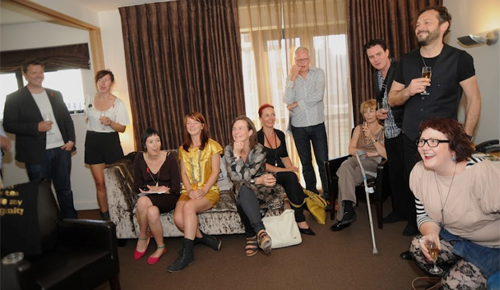
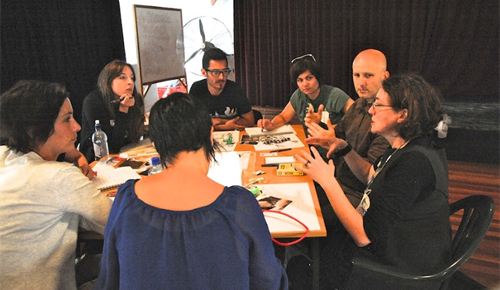
The not-so-hidden agenda of the jewelry symposium held in Wellington in February 2012 was to strengthen relationships with other communities of jewelry makers outside New Zealand, while discussing totally different topics. The assigned topics for discussion during Jemposium were ‘ideas to materials,’ ‘materials to ideas’ and ‘distribution.’ Listening to how each presenter responded to the given topics was informative and visually rich and these topics also successfully allowed other discussion tangents to develop.
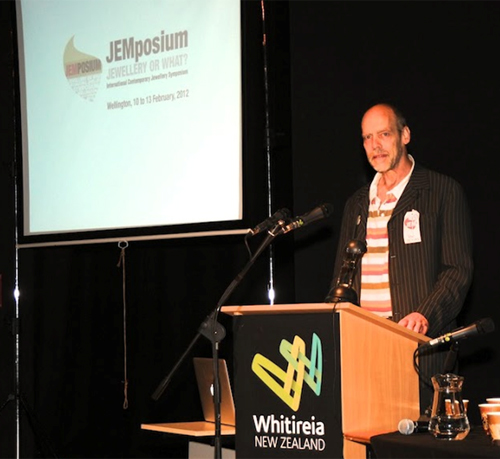
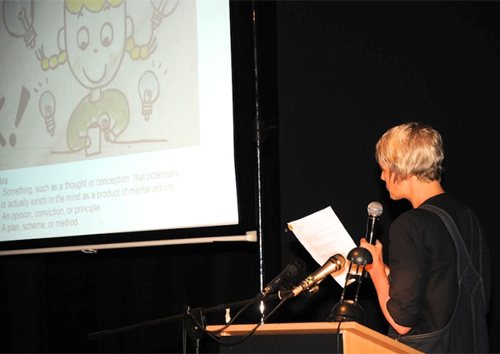
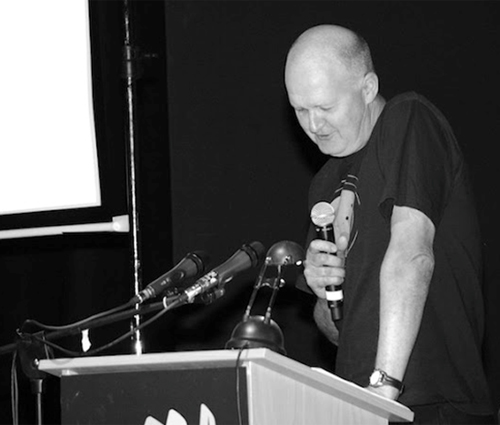
Another question raised after the program was sent out, well in advance of Jemposium, concerned the relevance of having international speakers versus local speakers talking to us. Was this format evidence of another appearance of cultural cringe? Where is the balance between finding out how people elsewhere value and make jewelry versus what works for us in a more isolated and less populated country?
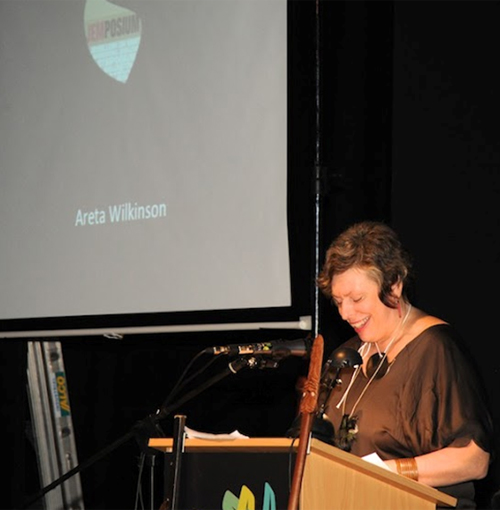
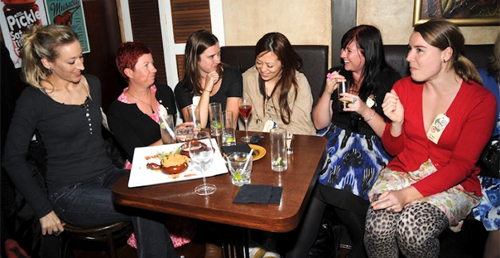

There was also the ongoing examining of jewelry’s dual role as an expression of an artistic practice while also requiring a body to complete its meaning, generally not the makers. How much author ego is needed in a work versus how much space for the buyer or viewer? What contribution do works that primarily use the medium to communicate the maker’s ideas and voice add to jewelry conversations?
